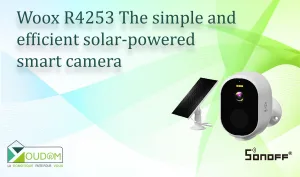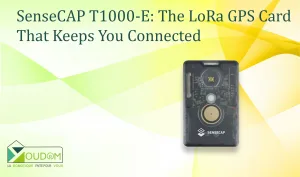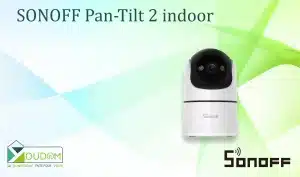NEO Solar Zigbee Home Automation Soil Sensor
This article is an unpaid commercial collaboration with Domadoo.
Translate by AI
- Avec le capteur de sol NEO Zigbee, gardez un œil sur l’état de vos sols en temps réel et prenez soin de vos plantations de manière intelligente.
0. Context
Gardener friends (or screw-ups like me!), rejoice! Zigbee spoils us with increasingly clever sensors. Today’s little marvel? The NEO NAS‑STH02B2, the ideal soil sensor. It gives you real-time temperature and humidity readings of your soil, but its stroke of genius is its solar power! No more battery hassles; it’s « plug & forget » (or almost): zero constraints, maximum peace of mind. Whether for a large garden, a vegetable patch, or even a balcony, this gadget changes the game. It fits perfectly with our desire for autonomous and eco-responsible home automation. An indispensable asset for green thumbs (or aspiring ones!) who want to simplify watering.
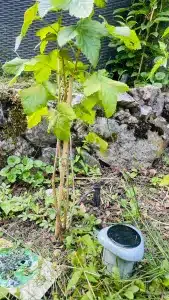
1. Description
The NEO soil sensor, a concentration of technology, monitors your plants with its temperature sensors (–10°C to 60°C, ±0.3°C accuracy), humidity sensors (0–100% RH, ±5% accuracy), and electrical conductivity sensor (up to 20 mS/cm). Its great strength lies in its power supply via an integrated solar panel that recharges 3 x 1.2V Ni‑MH (AA) batteries (charging current ~35 mA), offering autonomy and peace of mind.
Compatible with Zigbee 3.0 (IEEE 802.15.4), it communicates on 2.4 GHz with a range of 50 m, integrating perfectly with home automation hubs (Jeedom, Home Assistant via Zigbee2MQTT or ZHA). Compact (86 × 86 × 146 mm, 120 g) and IP66 certified, it’s designed for year-round outdoor use. The detection interval is configurable, defaulting to 10 minutes, optimizing consumption.

However, many small details need to be considered: To function, it’s really necessary to push the three metal rods completely into the soil for reliable readings. Be careful, while I haven’t had any issues, I’ve found quite a few complaints about the rods oxidizing upon contact with the soil. I’ve been using it since March 2025 and haven’t had any problems to date (June 2025).
If you install it in a flower box, the sensor needs to be at least 10 cm away from the edge.
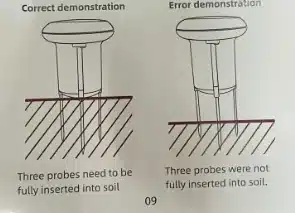
2. Pairing
Pairing is super simple: just put your Zigbee gateway into pairing mode and press and hold the reset button at the base of the solar panel for 7 seconds.
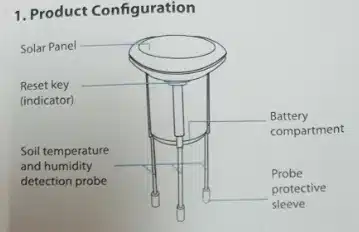
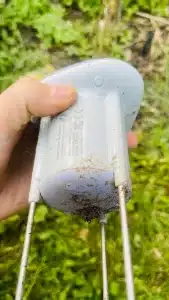
Once paired, it appears directly in Zigbee2MQTT.
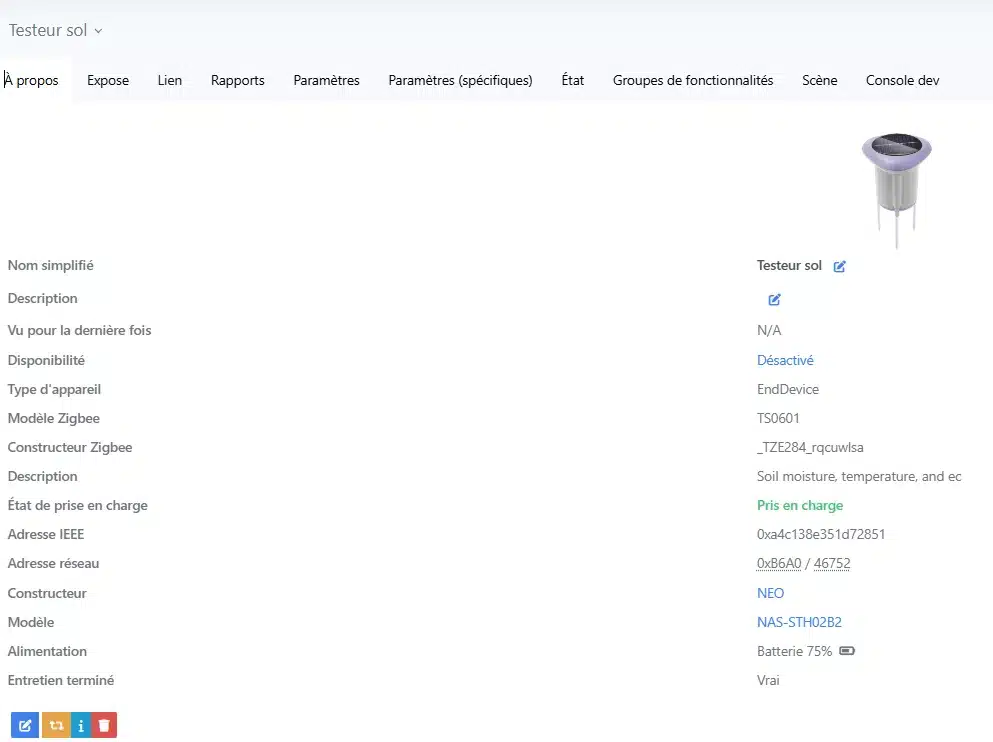

It therefore immediately shows up in Jeedom and HA.
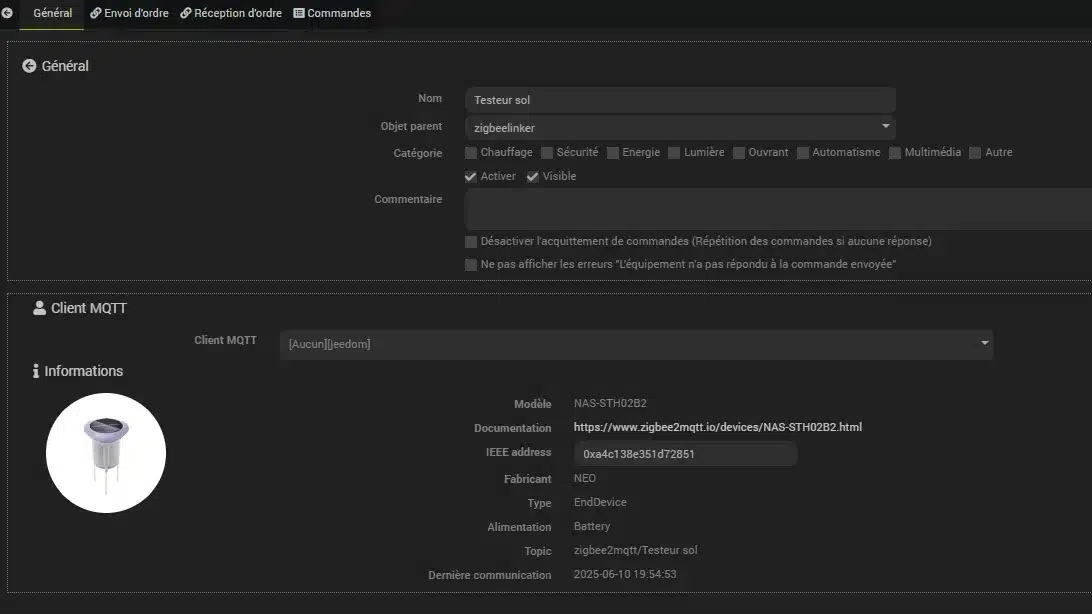
he Zigbee2MQTT interface reveals excellent possibilities for fine-tuning the settings: sensor sensitivity, defining alarm thresholds for temperature and humidity directly within the module, and precisely adjusting the information reporting interval.
It might be necessary to recalibrate it as indicated below, but for me, everything was fine.
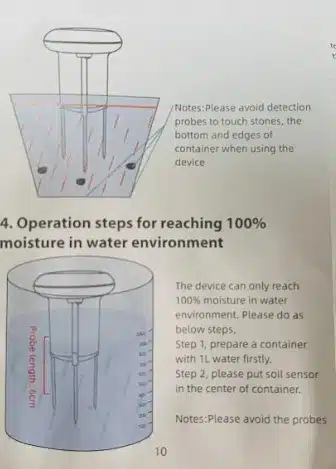
3. Scenario Examples
I personally use it to grow vegetables and be water-efficient. Every morning and evening, I check my soil’s humidity, and if it’s not raining, I water my vegetable garden and plants via my Sonoff watering solenoid valve.


We can easily imagine other, more specific scenarios. For example, for a plant that needs its soil temperature to be between 5°C and 30°C, an alert can be triggered when one of the thresholds is reached. Or, triggering a fan in a greenhouse if the humidity is too high, or sending a notification if the soil’s fertility is too low. In short, from amateur gardener to passionate enthusiast, everyone will find their use for it!
4. Conclusion
Strengths :
- Royal Autonomy thanks to Solar: Frankly, the integrated solar panel is THE major strength. No more batteries, true peace of mind.
- Robust and Designed for Outdoors: Its IP66 rating makes it resistant to bad weather and dust. No worries about leaving it to live its life in the garden.
- Zigbee 3.0 Compatibility: It integrates seamlessly into most of our home automation setups via Zigbee2MQTT, ZHA, or Tuya hubs.
- Comprehensive Measurements: Temperature and humidity, with even electrical conductivity for the more advanced. The detection interval is adjustable.
Points to Watch Out For :
- Variable Precision: Humidity can be imprecise (10% jumps, erratic readings). Manual calibration is often necessary over time.
- Probe Corrosion: The resistive metal probes can oxidize or react with soil chemistry over time, impacting measurement reliability.
- Battery Consumption: Despite solar power, some users note rapid discharge if transmissions are too frequent. (Personally, 5 min in summer and 10 min in winter caused no issues).
- Size/Bulkiness: Requires 10 cm clearance from the edges of a planter, which means the planter needs to be quite large.
In summary
A robust and autonomous sensor, ideal for large spaces where extreme precision isn’t crucial. Less suited for small pots, sensitive plants, or corrosive soils.
I hope this article has shed some light on this sensor. Have a great day and above all, don’t forget that life is a celebration!
Loïc





